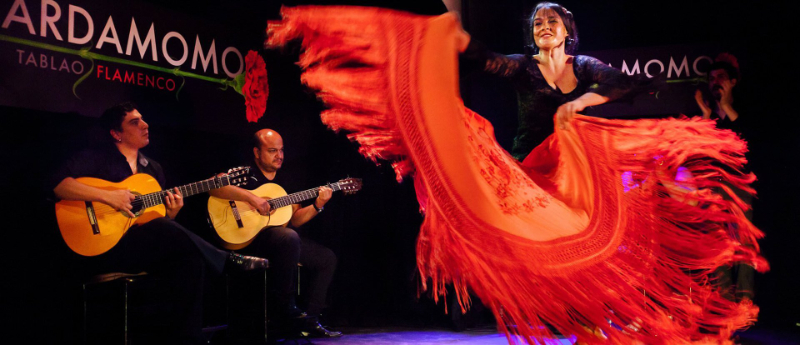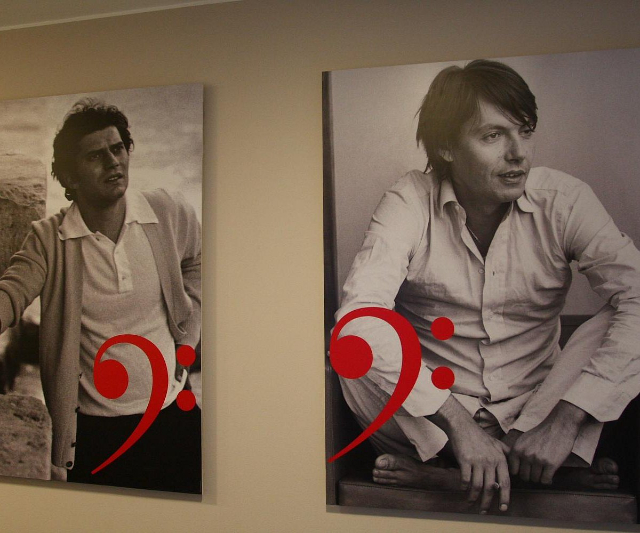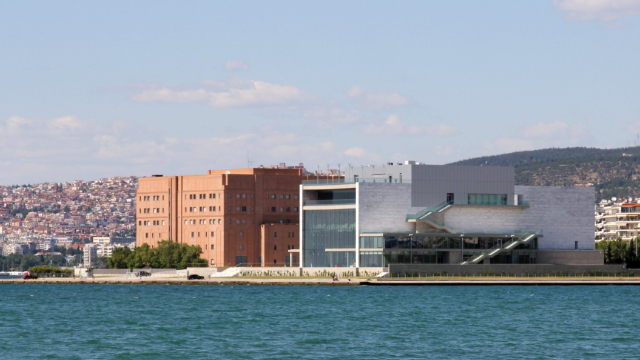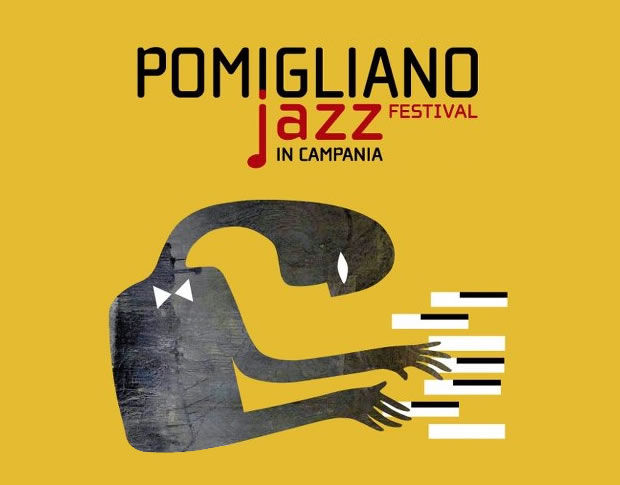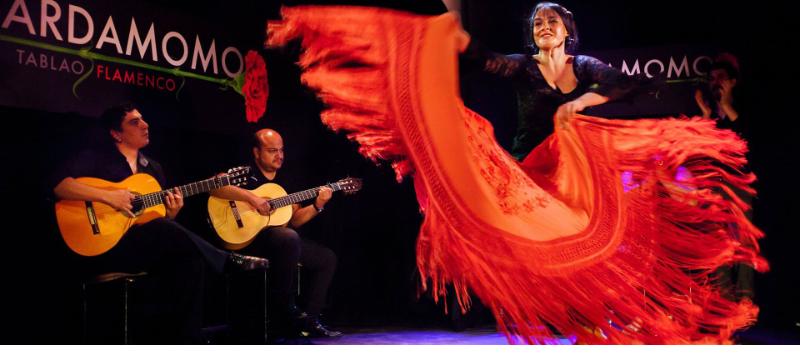Flamenco, or cante jondo, is a fusion of voice, dance and body language that became famous in Andalusia in the 18th century and then spread to other regions such as Extremadura and Murcia. In 2010, UNESCO declared falmenco an Intangible World Heritage Site.
It is very difficult to trace the origin of flamenco, as it has its roots in Arab, Gypsy, Jewish and Christian heritage. All these styles mixed with Andalusian culture resulting in a folkloric dance with a long tradition.
Flamenco has many elements of improvisation. On the tablao, the dancers accompanied by the musicians and the "palmas" (rhythmic hand clapping typical of flamenco) interpret the deeper feeling of flamenco with their movements.
Over time, and through the transition in the different areas of Andalusia, flamenco has evolved giving rise to different "palos" or styles: bulerías, malagueñas, fandangos, soleás or granaínas.
One of the cradles of flamenco in Andalusia is undoubtedly Granada. The epicenter of flamenco in the city is the Sacromonte, where every night the caves are filled with tablaos flamencos. In addition, in this neighborhood, you can find numerous Spanish guitar workshops, a staple of this genre.
Zambra is a type of flamenco originating in Granada that is characterized by its gypsy origins. It is danced barefoot, wearing long skirts and playing castanets. Zambra dates back to the 16th century, and has some characteristics in common with belly dancing. It began to become famous through the Moorish weddings of Granada.
